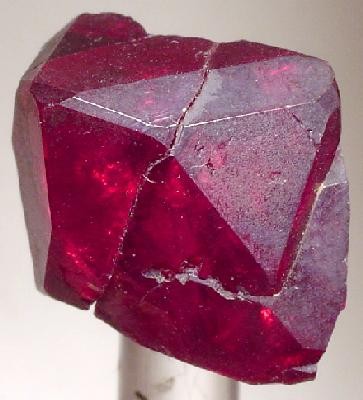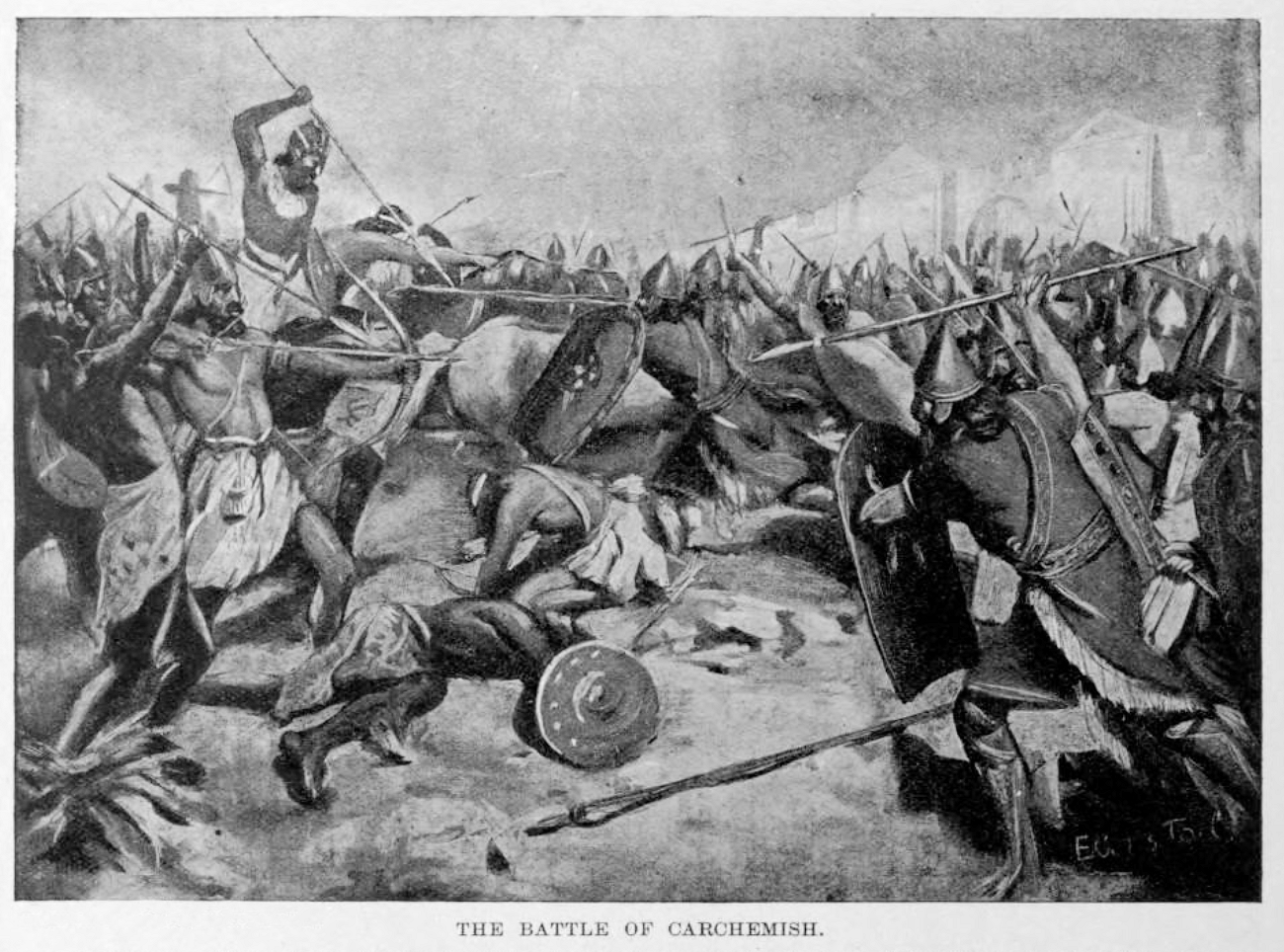|
Chalconatronite
Chalconatronite is a Carbonate minerals, carbonate mineral and rare secondary copper mineral that contains copper, sodium, carbon, oxygen, and hydrogen, its chemical formula is Na2Cu(CO3)2•3(H2O). Chalconatronite is partially Solubility, soluble in water, and only decomposes, although chalconatronite is soluble while cold, in dilute acids. The name comes from the mineral's compounds, copper ("''chalcos''" in Greek) and natron, naturally forming sodium carbonate. The mineral is thought to be formed by water carrying alkali carbonates (possibly from soil) reacting with bronze. Similar minerals include malachite, azurite, and other copper carbonates. Chalconatronite has also been found and recorded in Australia, Germany, and Colorado. Bronze Disease Most chalconatronite formed on bronze and silver that have been treated with either sodium sesquicarbonate or sodium cyanide to prevent Bronze disease, corrosion and bronze disease. The mineral has also been proven to form on the surfa ... [...More Info...] [...Related Items...] OR: [Wikipedia] [Google] [Baidu] |
Carbonate Minerals
Carbonate minerals are those minerals containing the carbonate ion, . Carbonate divisions Anhydrous carbonates *Calcite group: trigonal **Calcite CaCO3 **Gaspéite (Ni,Mg,Fe2+)CO3 **Magnesite MgCO3 **Otavite CdCO3 **Rhodochrosite MnCO3 **Siderite FeCO3 **Smithsonite ZnCO3 **Spherocobaltite CoCO3 *Aragonite group: orthorhombic **Aragonite CaCO3 **Cerussite PbCO3 **Strontianite SrCO3 **Witherite BaCO3 **Rutherfordine UO2CO3 ** Natrite Na2CO3 Anhydrous carbonates with compound formulas *Dolomite group: trigonal **Ankerite CaFe(CO3)2 **Dolomite CaMg(CO3)2 **Huntite Mg3Ca(CO3)4 **Minrecordite CaZn(CO3)2 **Barytocalcite BaCa(CO3)2 Carbonates with hydroxyl or halogen *Carbonate with hydroxide: monoclinic **Azurite Cu3(CO3)2(OH)2 **Hydrocerussite Pb3(CO3)2(OH)2 **Malachite Cu2CO3(OH)2 **Rosasite (Cu,Zn)2CO3(OH)2 **Phosgenite Pb2(CO3)Cl2 **Hydrozincite Zn5(CO3)2(OH)6 **Aurichalcite (Zn,Cu)5(CO3)2(OH)6 Hydrated carbonates *Hydromagnesite Mg5(CO3)4(OH)2.4H2O *Ikaite CaCO3·6(H2O) *Lan ... [...More Info...] [...Related Items...] OR: [Wikipedia] [Google] [Baidu] |
Monoclinic
In crystallography, the monoclinic crystal system is one of the seven crystal systems. A crystal system is described by three vectors. In the monoclinic system, the crystal is described by vectors of unequal lengths, as in the orthorhombic system. They form a parallelogram prism. Hence two pairs of vectors are perpendicular (meet at right angles), while the third pair makes an angle other than 90°. Bravais lattices Two monoclinic Bravais lattices exist: the primitive monoclinic and the base-centered monoclinic. For the base-centered monoclinic lattice, the primitive cell has the shape of an oblique rhombic prism;See , row mC, column Primitive, where the cell parameters are given as a1 = a2, α = β it can be constructed because the two-dimensional centered rectangular base layer can also be described with primitive rhombic axes. Note that the length a of the primitive cell below equals \frac \sqrt of the conventional cell above. Crystal classes The table below or ... [...More Info...] [...Related Items...] OR: [Wikipedia] [Google] [Baidu] |
Iron
Iron () is a chemical element with symbol Fe (from la, ferrum) and atomic number 26. It is a metal that belongs to the first transition series and group 8 of the periodic table. It is, by mass, the most common element on Earth, right in front of oxygen (32.1% and 30.1%, respectively), forming much of Earth's outer and inner core. It is the fourth most common element in the Earth's crust. In its metallic state, iron is rare in the Earth's crust, limited mainly to deposition by meteorites. Iron ores, by contrast, are among the most abundant in the Earth's crust, although extracting usable metal from them requires kilns or furnaces capable of reaching or higher, about higher than that required to smelt copper. Humans started to master that process in Eurasia during the 2nd millennium BCE and the use of iron tools and weapons began to displace copper alloys, in some regions, only around 1200 BCE. That event is considered the transition from the Bronze Age to the ... [...More Info...] [...Related Items...] OR: [Wikipedia] [Google] [Baidu] |
Atacamite
Atacamite is a copper halide mineral: a copper(II) chloride hydroxide with formula Cu2Cl(OH)3. It was first described for deposits in the Atacama Desert of Chile in 1801 by D. de Fallizen. The Atacama Desert is also the namesake of the mineral. Occurrence Atacamite is polymorphous with botallackite, clinoatacamite, and paratacamite. Atacamite is a comparatively rare mineral, formed from primary copper minerals in the oxidation or weathering zone of arid climates. It has also been reported as a volcanic sublimate from fumarole deposits, as sulfide alteration products in black smokers. The mineral has also been found naturally on oxidized copper deposits in Chile, China, Russia, Czech Republic, Arizona, and Australia. It occurs in association with cuprite, brochantite, linarite, caledonite, malachite, chrysocolla and its polymorphs. Synthetic Occurrence Atacamite has been discovered in the patina of the Statue of Liberty, and as alteration of ancient bronze and copper ... [...More Info...] [...Related Items...] OR: [Wikipedia] [Google] [Baidu] |
Cuprite
Cuprite is an oxide mineral composed of copper(I) oxide Cu2O, and is a minor ore of copper. Its dark crystals with red internal reflections are in the isometric system hexoctahedral class, appearing as cubic, octahedral, or dodecahedral forms, or in combinations. Penetration twins frequently occur. In spite of its nice color it is rarely used for jewelry because of its low Mohs hardness of 3.5 to 4. It has a relatively high specific gravity of 6.1, imperfect cleavage and is brittle to conchoidal fracture. The luster is sub-metallic to brilliant adamantine. The "chalcotrichite" (from variety typically shows greatly elongated (parallel to 01 capillary or needle like crystals forms. It is a secondary mineral which forms in the oxidized zone of copper sulfide deposits. It frequently occurs in association with native copper, azurite, chrysocolla, malachite, tenorite and a variety of iron oxide minerals.Hurlbut, Cornelius S.; Klein, Cornelis, 1985, ''Manual of Mineralogy,'' 20th ed ... [...More Info...] [...Related Items...] OR: [Wikipedia] [Google] [Baidu] |
Coptic Period
The "Coptic period" is an informal designation for Late Roman Egypt (3rd−4th centuries) and Byzantine Egypt (4th−7th centuries). This era was defined by the religious shifts in Egyptian culture to Coptic Christianity from ancient Egyptian religion, until the Muslim conquest of Egypt in the 7th century. The period began in about the 3rd century and, depending on sources and usage, lasted until around the noticeable decline of Christianity in Egypt in the 9th century, or to the arrival of Islam in the 7th century. Although the term "Coptic period" is utilized in popular discourse, its use in academia is generally avoided due to its imprecise nature, whereas "Late Antiquity" or "Byzantine Egypt" can be defined on chronological grounds. Relation with Pharaonic Egypt Coptic Christian writers during this period sought to discredit some perceived pagan practices as evil or satanic, and worked to recast those they could in a more positive, Christian light. An example of this is ... [...More Info...] [...Related Items...] OR: [Wikipedia] [Google] [Baidu] |
Twenty-sixth Dynasty Of Egypt
The Twenty-sixth Dynasty of Egypt (notated Dynasty XXVI, alternatively 26th Dynasty or Dynasty 26) dynasty was the last native dynasty to rule Egypt before the Persian conquest in 525 BC (although others followed). The dynasty's reign (664–525 BC) is also called the Saite Period after the city of Sais, where its pharaohs had their capital, and marks the beginning of the Late Period of ancient Egypt.Aidan Dodson, Dyan Hilton. ''The Complete Royal Families of Ancient Egypt''. The American University in Cairo Press, London 2004 History This dynasty traced its origins to the Twenty-fourth Dynasty. Psamtik I was probably a descendant of Bakenranef. Following the Assyrian conquest of Egypt by the Neo-Assyrian Empire during the reigns of Taharqa and Tantamani, and the subsequent collapse of the Twenty-fifth Dynasty of Egypt, Psamtik I was recognized as sole king over all of Egypt. Psamtik formed alliances with King Gyges of Lydia, who sent him mercenaries from Caria and anc ... [...More Info...] [...Related Items...] OR: [Wikipedia] [Google] [Baidu] |
Twenty-fifth Dynasty Of Egypt
The Twenty-fifth Dynasty of Egypt (notated Dynasty XXV, alternatively 25th Dynasty or Dynasty 25), also known as the Nubian Dynasty, the Kushite Empire, the Black Pharaohs, or the Napatans, after their capital Napata, was the last dynasty of the Third Intermediate Period of Egypt that occurred after the Nubian invasion. The 25th dynasty was a line of pharaohs who originated in the Kingdom of Kush, located in present-day northern Sudan and Upper Egypt. Most of this dynasty's kings saw Napata as their spiritual homeland. They reigned in part or all of Ancient Egypt for nearly a century, from 744 to 656 BC. The 25th dynasty was highly Egyptianized, using the Egyptian language and writing system as their medium of record and exhibiting an unusual devotion to Egypt's religious, artistic, and literary traditions. Earlier scholars have ascribed the origins of the dynasty to immigrants from Egypt, particularly the Egyptian Amun priests. The third intermediate-period Egyptian ... [...More Info...] [...Related Items...] OR: [Wikipedia] [Google] [Baidu] |
Sekhmet
In Egyptian mythology, Sekhmet ( or Sachmis (), also spelled Sakhmet, Sekhet, Sakhet among other spellings, cop, Ⲥⲁⲭⲙⲓ, Sakhmi), is a warrior goddess as well as goddess of healing. She is depicted as a lioness. Sekhmet is a solar deity, sometimes called the daughter of Ra and often associated with the goddesses Hathor and Bastet. Roles Sekhmet was the daughter of the sun god, Ra, and was among the more important of the goddesses who acted as the vengeful manifestation of Ra's power, the Eye of Ra. Sekhmet was said to breathe fire, and the hot winds of the desert were likened to her breath. She was also believed to cause plagues (which were called as her servants or messengers) although she was also called upon to ward off disease. In a myth about the end of Ra's rule on the earth, Ra sends the goddess Hathor, in the form of Sekhmet, to destroy mortals who conspired against him. In the myth, Sekhmet's blood-lust was not quenched at the end of battle that led to ... [...More Info...] [...Related Items...] OR: [Wikipedia] [Google] [Baidu] |
Harvard University
Harvard University is a private Ivy League research university in Cambridge, Massachusetts. Founded in 1636 as Harvard College and named for its first benefactor, the Puritan clergyman John Harvard, it is the oldest institution of higher learning in the United States and one of the most prestigious and highly ranked universities in the world. The university is composed of ten academic faculties plus Harvard Radcliffe Institute. The Faculty of Arts and Sciences offers study in a wide range of undergraduate and graduate academic disciplines, and other faculties offer only graduate degrees, including professional degrees. Harvard has three main campuses: the Cambridge campus centered on Harvard Yard; an adjoining campus immediately across Charles River in the Allston neighborhood of Boston; and the medical campus in Boston's Longwood Medical Area. Harvard's endowment is valued at $50.9 billion, making it the wealthiest academic institution in the world. Endo ... [...More Info...] [...Related Items...] OR: [Wikipedia] [Google] [Baidu] |
Fogg Art Museum
The Harvard Art Museums are part of Harvard University and comprise three museums: the Fogg Museum (established in 1895), the Busch-Reisinger Museum (established in 1903), and the Arthur M. Sackler Museum (established in 1985), and four research centers: the Archaeological Exploration of Sardis (founded in 1958), the Center for the Technical Study of Modern Art (founded in 2002), the Harvard Art Museums Archives, and the Straus Center for Conservation and Technical Studies (founded in 1928). The three museums that constitute the Harvard Art Museums were initially integrated into a single institution under the name Harvard University Art Museums in 1983. The word "University" was dropped from the institutional name in 2008. The collections include approximately 250,000 objects in all media, ranging in date from antiquity to the present and originating in Europe, North America, North Africa, the Middle East, South Asia, East Asia, and Southeast Asia. The main building contains of ... [...More Info...] [...Related Items...] OR: [Wikipedia] [Google] [Baidu] |








